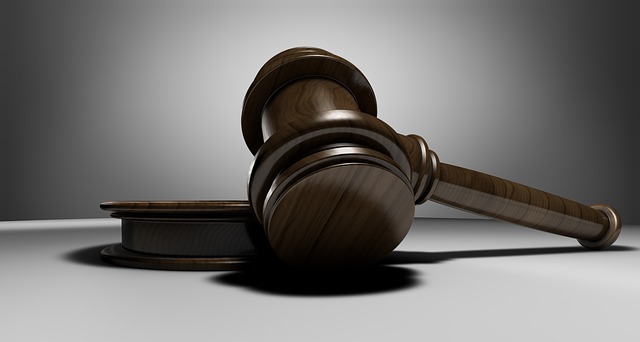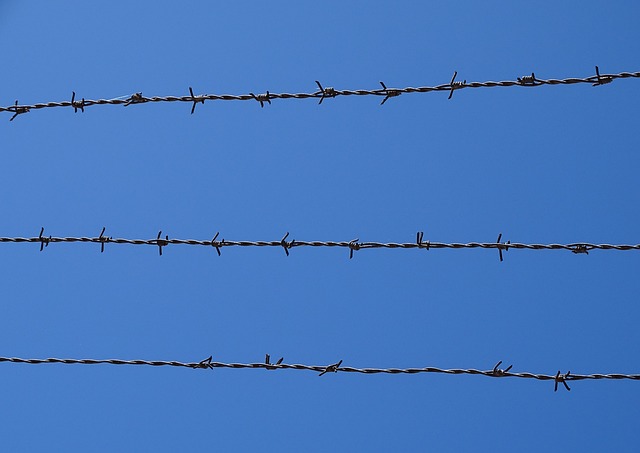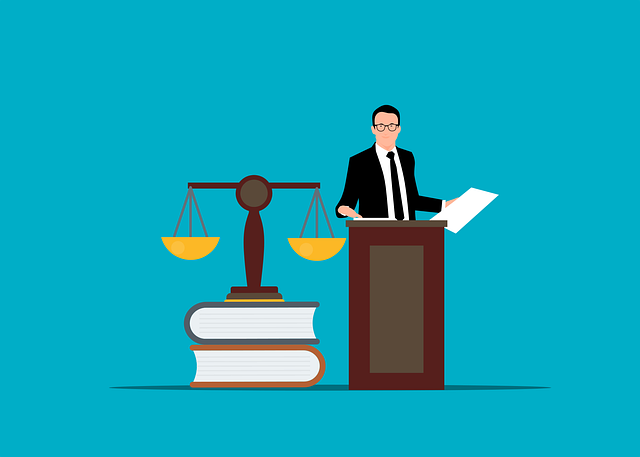Youth Justice, particularly in DUI cases, demands a multifaceted approach that considers the unique developmental stage of young individuals. This includes addressing biases in law enforcement interactions with marginalized youth and navigating public perception on social media. Integrating social media into legal proceedings offers insights but raises ethical concerns regarding privacy and misinterpretation. Balancing road safety and youth rights is crucial; severe penalties coexist with restorative justice strategies. Social media can promote open dialogue, accountability, and positive behaviors, reducing recidivism rates through community-based interventions and innovative initiatives. The future of Youth Justice leverages technology, with online monitoring and remote rehabilitation gaining popularity, while navigating the delicate balance between public awareness and privacy considerations in DUI cases involving minors.
“Youth Justice Fair Treatment: Navigating the Complexities of Juvenile Law explores the intricate balance between justice and rehabilitation for young offenders. In this comprehensive guide, we delve into the multifaceted aspects of youth justice, focusing on key areas such as understanding legal rights, the impact of social media on juvenile DUI cases, and successful program implementations.
From public safety measures to emerging trends in legal practice, this article offers valuable insights into ensuring fair treatment for young people within the criminal justice system, highlighting the importance of a nuanced approach to juvenile law.”
- Understanding Youth Justice and Fair Treatment: A Comprehensive Overview
- The Impact of Social Media on Juvenile DUI Cases: Legal Perspective
- Exploring Legal Rights and Protections for Young Drivers
- Balancing Public Safety and Rehabilitation: Strategies for Effective Justice
- Case Studies: Successful Youth Justice Programs and Their Implementation
- The Future of Youth Justice: Innovations and Emerging Trends in Legal Practice
Understanding Youth Justice and Fair Treatment: A Comprehensive Overview

Youth Justice, a multifaceted concept, involves ensuring equitable treatment for young individuals within legal systems, particularly in cases of DUI (Driving Under the Influence). This includes recognizing the unique developmental stage and associated challenges that youth face, distinct from adults. Understanding this context is crucial when navigating the legal aspects of DUI cases on social media, where public perception and online narratives can significantly impact a young defendant’s future.
Fair treatment demands a nuanced approach, considering the potential for bias in law enforcement interactions with youths, especially those from marginalized communities. The legal system must address these disparities through comprehensive reforms that ensure transparency, accountability, and equal protection under the law. By integrating social media into this discourse, we can explore how online platforms both reflect and shape public opinion on youth justice, underscoring the need for a balanced approach to legislation and public education.
The Impact of Social Media on Juvenile DUI Cases: Legal Perspective

The rise of social media has significantly influenced the legal landscape, particularly in cases involving juvenile DUI (Driving Under the Influence). While it offers a platform for quick dissemination of information, its impact on underage drinking and subsequent legal proceedings cannot be overlooked. Legal professionals must consider the ethical implications when using social media evidence in DUI cases, especially those involving minors. Posts, messages, and online activities can provide valuable insights into an individual’s state of mind, but they also raise concerns about privacy rights and the potential for misinterpretation.
From a legal perspective, examining social media posts in juvenile DUI cases requires a delicate balance. The content shared on these platforms can be crucial in understanding the accused youth’s behavior and decision-making processes at the time of the incident. However, courts must ensure that such evidence is admissible, reliable, and obtained through proper legal channels to safeguard the rights of young defendants. Moreover, the potential for bias or influence from peers on social media necessitates a critical analysis when interpreting these digital footprints in court.
Exploring Legal Rights and Protections for Young Drivers

In today’s digital era, young drivers face unique challenges when it comes to justice and fair treatment, particularly in relation to DUI (Driving Under the Influence) charges. Exploring legal rights and protections is essential for ensuring that youthful mistakes do not have lasting consequences. Social media plays a significant role in this context; online platforms can both expose and protect young individuals. Posts or sharing of information regarding DUI incidents can serve as a form of accountability, but it also raises privacy concerns. Understanding the legal aspects behind these digital interactions is crucial for defending young drivers’ rights.
The legal system must navigate a delicate balance between keeping roads safe and upholding the rights of teenagers accused of DUI. This involves examining how social media evidence is used in court, ensuring due process, and considering the maturity levels of those involved. With proper guidance and awareness of their legal protections, young drivers can better understand their options, make informed decisions, and strive for fair treatment within the legal system.
Balancing Public Safety and Rehabilitation: Strategies for Effective Justice

In the pursuit of youth justice, a delicate balance must be struck between public safety and rehabilitation. The legal landscape, including aspects like DUI (Driving Under the Influence) cases, plays a pivotal role in shaping this equilibrium. On one hand, severe penalties are often required to deter underage drinking and driving, ensuring public safety on roads. However, these measures should also be accompanied by restorative justice strategies that focus on education, counseling, and skill-building to address the underlying causes of such behaviors.
Social media, as a modern tool, can contribute to this balance by facilitating open dialogue about the consequences of DUI. It provides a platform for sharing real-life stories, both positive (rehab success) and cautionary (the impact on victims), thereby enlightening youth about the legal aspects and personal responsibilities tied to their actions. This approach not only promotes fair treatment but also fosters a culture where accountability is accompanied by growth and understanding.
Case Studies: Successful Youth Justice Programs and Their Implementation

Successful Youth Justice programs often serve as models for fair treatment and rehabilitation, especially in addressing issues like DUI (Driving Under the Influence) among minors. Case studies reveal that community-based interventions, such as youth courts and restorative justice practices, have proven effective in reducing recidivism rates. These programs focus on education, accountability, and skill-building, empowering young individuals to make better choices.
For instance, some innovative initiatives utilize social media platforms to raise awareness about the consequences of DUI and promote positive behaviors. By engaging teens through online campaigns and sharing real-life stories, these programs foster a sense of responsibility and peer support. Additionally, legal aspects like reduced sentencing options and specialized juvenile court procedures play a crucial role in ensuring that young offenders receive fair treatment, considering their unique needs and potential for growth.
The Future of Youth Justice: Innovations and Emerging Trends in Legal Practice

The future of youth justice is being shaped by innovative legal practices that leverage technology, such as social media, to address emerging trends in criminal behavior among young people. As digital platforms become increasingly integrated into daily life, lawyers and judges are exploring new ways to engage with youthful offenders, offering restorative justice approaches that were previously unimaginable. Online monitoring and remote rehabilitation programs are gaining traction, allowing for more flexible and targeted interventions while respecting the privacy of young individuals.
In terms of DUI (Driving Under the Influence) cases involving minors, social media can play both a positive and negative role. On one hand, it provides a channel for educating youth about the legal consequences of their actions and sharing real-life stories that serve as deterrents. On the other hand, it highlights the challenges in prosecuting underage drinking cases, where digital evidence may be used against young defendants. Emerging trends suggest a need for nuanced legal strategies that balance public awareness campaigns with privacy considerations to ensure fair treatment of youthful DUI offenders.
In conclusion, addressing youth justice and fair treatment requires a multifaceted approach that considers both traditional legal frameworks and modern challenges like social media’s influence on juvenile DUI cases. Balancing public safety with rehabilitation through innovative strategies and successful program implementations is essential for the future of youth justice. Understanding these legal aspects, especially in relation to social media and DUI, is crucial for creating more equitable and effective systems that support young drivers’ rights and well-being.






